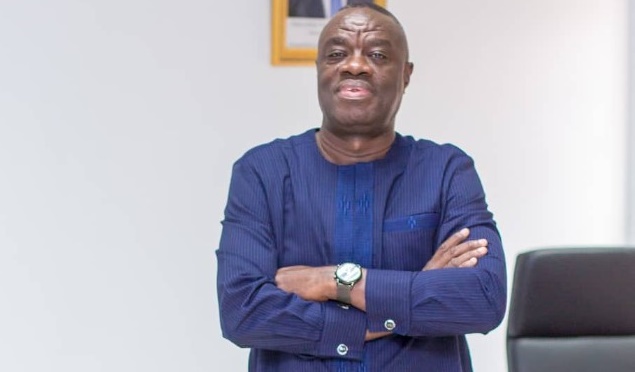Contradictions and irregularities in Ghana’s tourism sector figures are obstructing gains of the sector and hindering the need to potentially continue and build on advances in the industry. This phenomenon, according to tourism experts and industry players, could hamper proper planning and policy direction of the sector.
The immediate past Tourism Minister, Barbara Oteng Gyasi, has on countless occasions and on several platforms and interviews indicated that Ghana’s monumental Year of Return event, in 2019, generated a total revenue of US$1.9billion through activities related to the event.
The former minister, at a ceremony in Anomabo to inaugurate a tourist centre and hand over facilities at the Heroes Garden in December 2019, was also emphatic that total arrivals in the country through the events stood at about 750,000 visitors.
However, the Ghana Tourism Authority (GTA) also stated that about 763,545 visitors came to the country between January and September 2019.
Indeed, the number of arrivals as stated by the GTA for only nine months – which was the 763,545 – sharply contradicted what the former minister had mentioned as the total visitor figures for the entire events from January to December 2019.
Conversely, Deputy Minister-designate for Tourism, Arts and Culture, Mark Okraku Mantey, touting gains form the Year of Return and responding to questions by the Appointments Committee of Parliament during his vetting on June 15, 2021, said 1.3 million visitors came to Ghana for the events in 2019.
He also mentioned that Ghana raked in a total of U$3.3billion revenue at the events, conflicting with the US$1.9billion stated earlier.
Indeed, former tourism minister Elizabeth Ofosu Agyare, who was on the vetting committee, enquired about the figures’ credibility and asked for a breakdown of the key indicators that led to their computation.
Responding to enquiries on the tools and key performance indicators which led to the conclusion of these figures, Mr. Okraku Mantey said: “These are figures from the ministry, and I cannot tell the tools that were used to arrive at the figures. The figures are reported by the ministry, and that is what I can say”.
Generally, there is data inconsistency or unavailability in the several subsectors under the tourism ministry. For instance, visitor figures and statistics to the various tourism sites and attractions across the country on annual basis are readily not available on the website of the Ministry of Tourism, Arts and Culture, nor that of the Ghana Tourism Authority.
Meanwhile, these visitor figures and demographics are expected to aid in planning and policy formulation to aid progress in the tourism sector.
Globally, tourism information in national economies is less documented or unreported and also unsupported by national accounts systems, making it difficult to account for the increasing role of tourism’s contribution to GDP.
However, a Tourism Satellite Account (TSA) that was launched in 2016 by the Ministry of Tourism, Arts and Culture has not been implemented to date. The primary objective of the TSA is to provide detailed and analytical information on all aspects of tourism, including its direct economic impact on an economy.
It is a novel statistical instrument to measure the commodities that consumers and visitors buy based on internationally established standards, concepts, categorisations and definitions, while allowing for effective and logical contrasts with other sectors in different countries. The TSA also takes account of the number of tourists who visit a particular tourism destination in a specific country.










